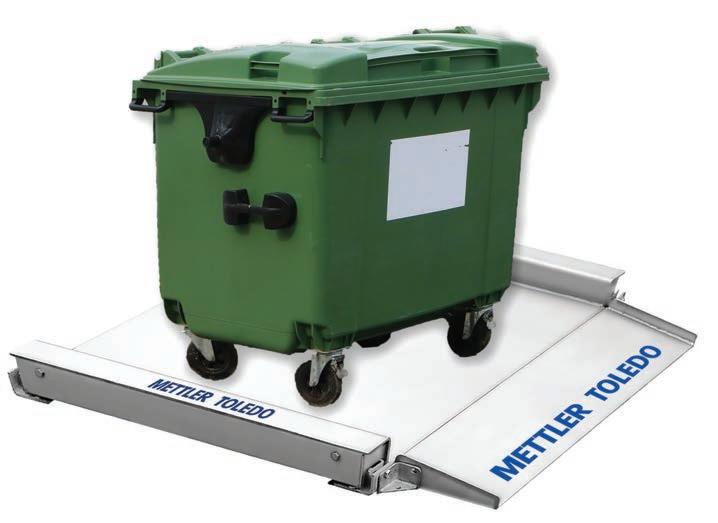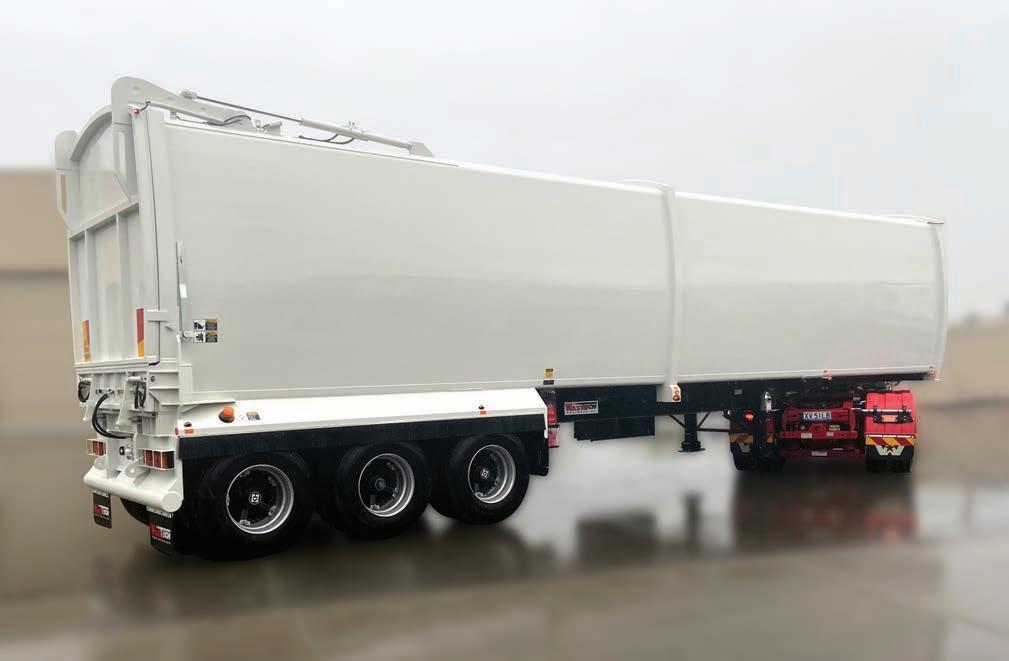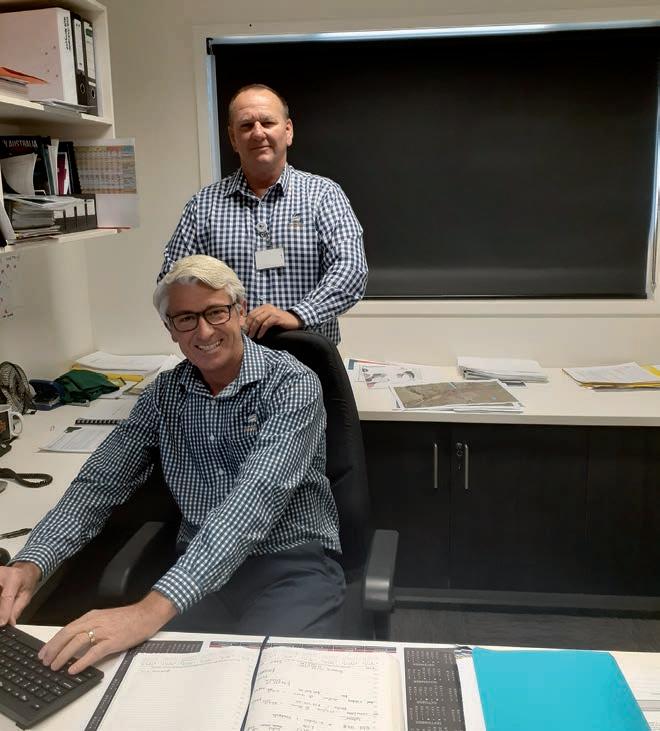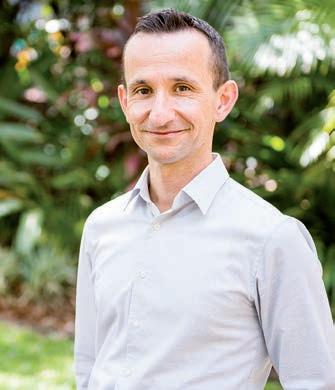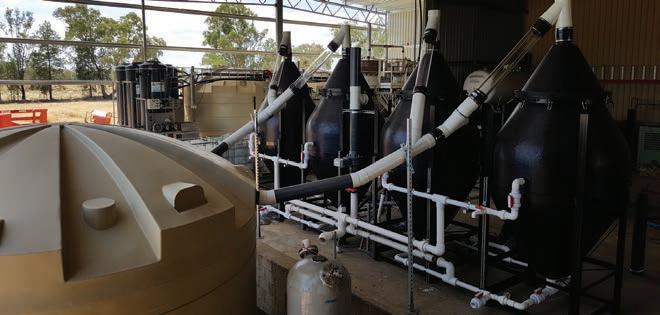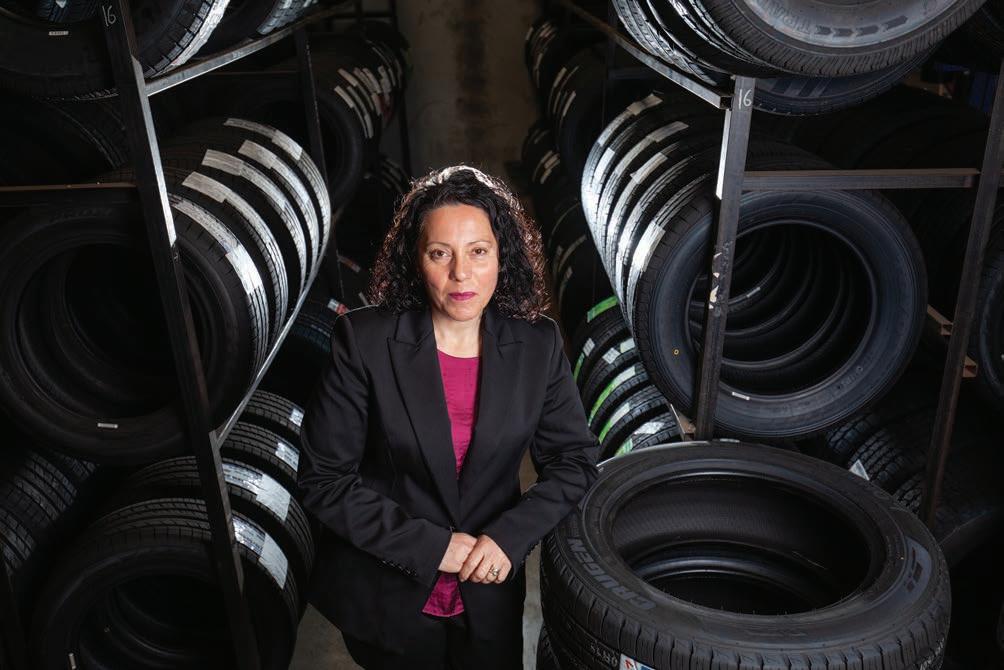UPFRONT
Unlocking the value of waste WASTE MANAGEMENT REVIEW EXPLORES THE APPETITE, BARRIERS AND OPPORTUNITIES FOR BOOSTING THE USE OF RECYCLED CONTENT MATERIAL IN INFRASTRUCTURE AND CIVIL WORKS PROJECTS.
I
n mid-September, the NSW Government released new guidelines to boost the use of asphalt containing recycled crushed glass in infrastructure projects across the state. Specifications were amended to allow up to 10 per cent recycled crushed glass in asphalt base course, up from 2.5 per cent. According to Andrew Constance, NSW Transport and Roads Minister, the guidelines will help industry navigate the steps for establishing and operating glass-recycling facilities, and processing glass to the standard required for use by Transport for NSW. “Transport for NSW has already incorporated the use of recycled crushed glass on a number of its construction and maintenance projects and has the potential to use up to 45,000 tonnes in the next three financial years, which equates to 234 million glass bottles,” Constance says. While 234 million glass bottles is impressive, the estimate appears somewhat conservative, with the Southern Regional Organisation of Councils (SSROC) alone aiming to recycle nearly 100 million glass containers per year into local roads. Through the largest localgovernment-led procurement of recycled road-making materials in NSW history, SSROC’s Paving the Way initiate is expected to create a market for over 20,000 tonnes of glass each
18 / WMR / November 2020
year – approximately one-third of participating council’s household glass recycling containers. By signalling ongoing aggregated demand, SSROC aims to stimulate end markets for recycled glass, as well as support local jobs and the development of recycling infrastructure. Transport for NSW’s specifications update and SSROC’s Paving the Way are just two of many new initiatives seeking boost the use of recycled content material in infrastructure and civil works projects across the country. In August, for instance, the Victorian Government opened its $2.6 million Sustainable Infrastructure Fund grants program, which aims to increase the use of recycled materials in local infrastructure projects across the state. Grants of up to $300,000 were made available to local councils to use recycled materials to build new infrastructure. The program followed the launch of Sustainability Victoria’s Buy Recycled directory, which is designed to provide government buyers with easy access to suppliers and recycled material options when considering products for purchasing and infrastructure projects. The Victorian Government’s Social Procurement Framework requires government buyers to consider opportunities to deliver social and sustainable outcomes in
every procurement activity. Where appropriate, this includes sustainable material choices and buying products made from recycled content. While these initiatives highlight a substantial economic and social shift, with governments and the wider community beginning to understand the latent value hidden in waste material, it should be noted that they build off years of research and development. Tyre Stewardship Australia (TSA), for example, has been undertaking crumb rubber market development activities since it formed in 2014. In 2015, it launched its key investment mechanism, the TSA Research Fund. To date, TSA has committed almost $6 million to development projects, which includes funding for projects aimed at removing barriers to help drive a viable market for surface asphalts containing crumb rubber from end-of-life tyres across Australia’s road network. Lina Goodman, TSA CEO, explains that a strong roads market is a critical component of a strong tyre resource recovery sector. Tyres service the roads industry, she adds, so finding productive uses for end-of-life tyres in roads infrastructure incentivises industry takeup. TSA is currently leading one of the most aggressive transformations of the roads market globally. Its strategy is as simple as it is transformational: change the


